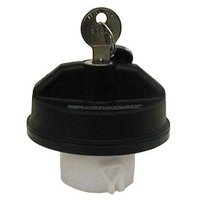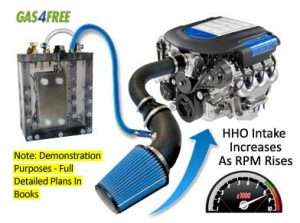Common OBD Two Codes

One of the most common OBD two codes would be for the evaporative emissions system. These codes were designed by the manufacturer and mandated by clean air laws.
Basically this is that the fuel system on every automobile must be completely sealed. No longer are you allowed to vent fuel vapor into the atmosphere.
This means that a storage and burning system is necessary to properly handle the naturally occurring fuel vaporization process.
Depending on the year make and model of the vehicle the codes set will usually be in the P0400 range. These codes when set will help you determine what the problem with the system may be.
When the fuel vapor system is determined to be leaking the severity of the leak is measured. Individual codes may set for a small leak, a medium-sized leak, or even a large fuel vapor leak.
Also in the P0400 range of codes will be specific codes for the canister and purge valve functions of the evaporation emissions system. All of the failures in the P0400 range could be considered common OBD codes. Again depending on the year make and model of the vehicle. But I have seen failures in all parts of the evap at one time or another.
OBD two evap systems leaks
OBD two monitors the evaporative system by testing the ability of the fuel tank to hold pressure as well as purging the system to vent petroleum fumes from the charcoal canister storage device. The most common way that this pressure test is deployed is with a small pump.
In this type of system the powertrain control module tests the evaporative emissions system by energizing the pump. As pressure builds the cycling rate of the pump decreases. If there is no leakage in the system the pressure builds until the pump shuts off.

If there is a leak pressure does not build up and the pump continues to run until the test cycle is completed. If no leaks are detected by this test cycle the powertrain control module will move on and test the purge cycle.
Some systems have purge flow sensors between the solenoid and the intake manifold. In this case the PCM monitors the signal from the sensor once per drive cycle to determine if there is vapor flow at the proper levels into the intake manifold.
Note that on some GM vehicles enhanced monitors can detect leaks and restrictions in the system as well.
In these types of enhanced systems a poor sealing fuel cap or one that is missing is capable of turning on the check engine light.
The common gas cap obd two code
I’ve put together a video that discusses these common OBD two codes. Since the fuel cap is often removed for re-fueling this has become known as the weakest link in the system. Even if the gas cap is properly reinstalled the sealing ring between the cap And the filler neck can become nicked or worn over time. This often shows up as an Evap system code for a small fuel vapor leak.
Also keep in mind when you’re vehicle sets the gas cap Code the check engine light will remain on even if the problem is intermittent. It is necessary after the repair is completed to clear the codes and retest the system.

